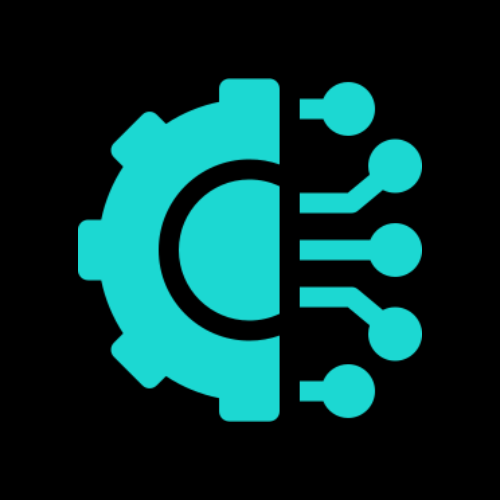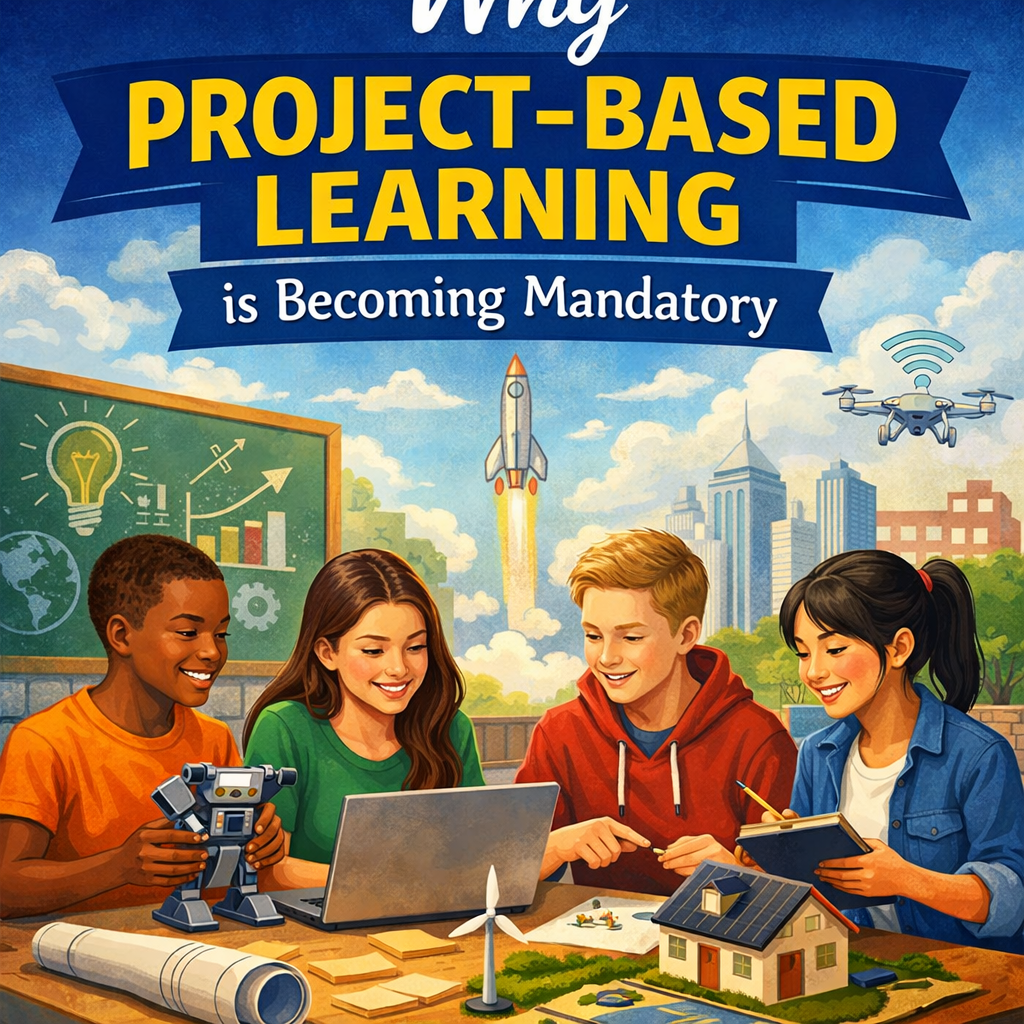Introduction
In today’s world of remote work, knowing how to build a portfolio that attracts remote employers is essential. Without meeting face-to-face, employers rely on your portfolio to understand your skills, expertise, and professionalism. A strong and well-structured portfolio can make all the difference in landing the right opportunities. Whether you’re starting your career or transitioning into remote roles, learning how to build a portfolio that attracts remote employers helps you stand out and clearly communicate your value. In this guide, you’ll discover practical steps to build a portfolio that attracts remote employers, from organizing your work samples to showcasing results that speak for themselves.
Many people assume that listing a few projects is enough, but in reality, a portfolio needs to be thoughtfully structured, tailored to the target audience, and regularly updated. Remote employers want to know how you approach challenges, how adaptable you are, and whether you can work independently. By investing time into creating a portfolio that reflects these qualities, you set yourself apart in a highly competitive market.
This guide will walk you through every step you need to create a portfolio that grabs attention, builds trust, and lands remote job offers. From identifying your audience to showcasing results and optimizing for usability, you’ll learn how to present your best self to the right employers.
Read the summary here.
Why Remote Employers Rely on Portfolios
Remote work removes the traditional in-person interaction that helps employers assess candidates. Without that face-to-face connection, portfolios become the primary way to understand your experience, skills, and working style. Employers look for clarity, professionalism, and examples that demonstrate your ability to deliver high-quality work with minimal supervision.
Furthermore, remote teams often span multiple time zones and cultures. Employers want assurance that a candidate can collaborate effectively, adapt to different environments, and maintain communication despite being miles apart. A portfolio that clearly outlines your process, tools you use, and measurable results can answer these concerns even before an interview.
When you align your portfolio with the expectations of remote employers, you not only make it easier for them to see your fit but also boost your chances of standing out from hundreds of other applicants.

Defining Your Audience and Focusing Your Portfolio
Before diving into design or layout, it’s important to understand who you are targeting. A portfolio that’s too broad or generic can confuse employers. Narrowing your focus helps you highlight the skills and experiences that matter most to the roles you want.
Start by analyzing job postings in your field. Identify the common skills, certifications, or software tools that employers expect. For example, if you’re aiming for content writing roles in the health sector, showcasing your articles, blog posts, or case studies in healthcare-related topics will make you more appealing. Similarly, a web developer targeting startups might highlight projects where they created user-friendly websites or built scalable applications.
Once you know your audience, tailor your content accordingly. Use language they relate to and feature examples that solve problems similar to what they face. A portfolio that speaks directly to employer needs makes a far stronger impression than one filled with unrelated work samples.
Choosing the Right Platform and Organizing Content
After defining your audience, the next step is selecting the platform where your portfolio will live. There’s no one-size-fits-all solution. Platforms like Wix and Squarespace offer easy-to-use templates for beginners, while Behance and Dribbble serve creative professionals such as designers and photographers. Developers may prefer GitHub or GitLab for sharing code repositories, while writers might find Notion or Google Sites simple and efficient for organizing content.
Regardless of the platform, the structure of your portfolio should guide visitors smoothly through your story. Start with a brief introduction that explains who you are and what you bring to the table. Follow it with sections that highlight your skills, expertise, and work samples. Keep navigation simple, and ensure your layout is clean and uncluttered.
A mobile-friendly interface is essential, as many employers view portfolios on their phones or tablets. Pages should load quickly, and content should be easy to read without unnecessary distractions.
Showcasing Work with Impactful Results
Remote employers are results-driven, meaning they care about the outcomes you achieved rather than the tasks you completed. To stand out, your portfolio should tell the story behind each project. Explain the challenge you faced, the approach you took, and the results you delivered.
For example, instead of stating, “Designed a landing page,” you could write, “Redesigned the landing page, improving conversion rates by 30% in two months through strategic layout changes and user feedback analysis.” Including data-backed results not only strengthens your portfolio but also reassures employers that you understand business needs.
You don’t need to list every project you’ve ever worked on. Instead, choose a few examples that highlight different skills or areas of expertise. A focused, results-driven portfolio communicates professionalism and problem-solving capabilities.
Keeping Your Portfolio Fresh and Accessible
A portfolio should reflect where you are now, not where you were years ago. Regular updates ensure that your content stays relevant and showcases your latest achievements. Set a schedule to review your portfolio every few months. Add new projects, refine descriptions, and remove outdated work.
In addition to content updates, optimizing for accessibility and search engines helps expand your reach. Use relevant keywords naturally within your text to increase the chances of appearing in search results. Ensure readability with clear fonts, proper contrast, and alternative text for images, so your portfolio is accessible to a wider audience.
Finally, strike a balance between professionalism and personality. While you want to come across as competent and reliable, adding a touch of your personality, such as a hobby or a passion project, can humanize your profile and make it more relatable. Just be careful not to overdo it; keep the focus on how you can add value to employers.
Conclusion
Building a portfolio that attracts remote employers takes thoughtful planning, clear communication, and consistent effort. Your portfolio is more than a collection of projects;5 it’s a reflection of your skills, work ethic, and problem-solving ability. By defining your audience, choosing the right platform, structuring content logically, and showcasing results with measurable outcomes, you create a powerful tool that makes you stand out.
Keep your portfolio fresh, accessible, and aligned with the needs of remote teams. A well-maintained portfolio not only builds trust but also positions you as a professional ready to meet the challenges of remote work.
Start today by revisiting your portfolio, refining your content, and presenting your best self to employers around the world. The next opportunity might be just a click away. Your portfolio is the gateway; make sure it speaks volumes.
Find Your Dream Job Today Explore Endless Career Opportunities and Secure Your Next Role with Best Job Tool







Leave a Reply